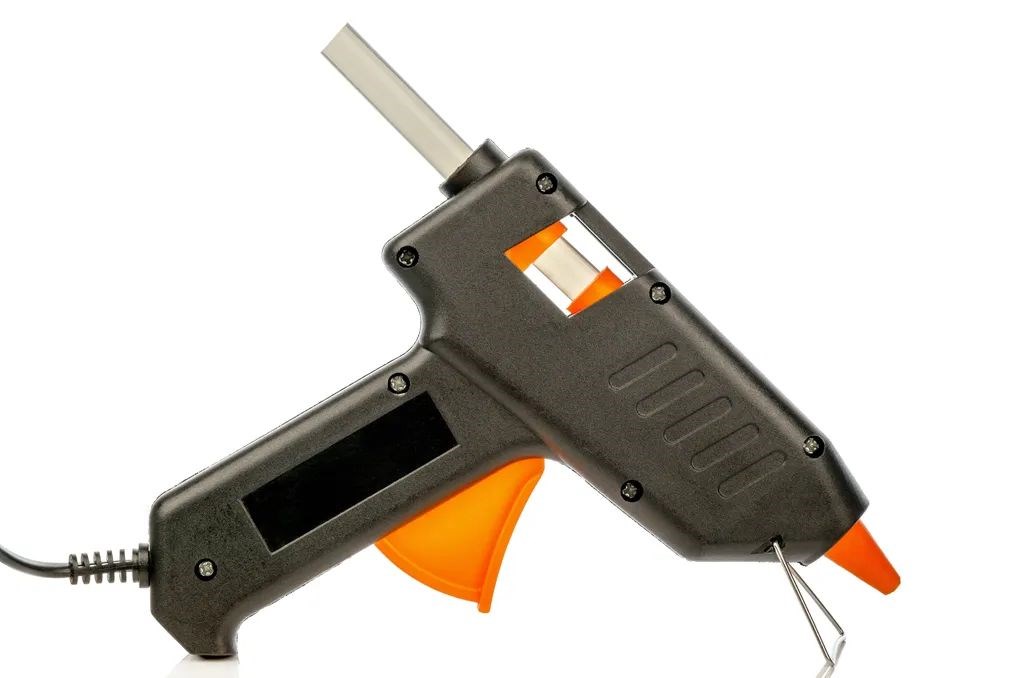Hot melt adhesives – Troubleshooting and Tips, Safety Precautions
Published date: 06 January 2024

Hot melt adhesives have become indispensable in various industries, offering fast, efficient bonding solutions. However, like any tool, they come with their own set of challenges. In this guide, we will explore common issues users may encounter with hot melt adhesives and provide practical troubleshooting tips. Additionally, we’ll delve into best practices for maintenance and underscore the importance of safety precautions to ensure a secure working environment.
Common Issues and Troubleshooting:
- Adhesive not bonding properly: One of the most prevalent issues users face is when the hot melt adhesive fails to create a strong bond. This could result from inadequate temperature settings. Ensure that the adhesive is heated to the manufacturer’s recommended temperature range. Also, verify that the substrates being bonded are clean and free of contaminants, as these can hinder adhesion.
- Stringing: This problem occurs when hot melt remains on the nozzle and “strings” down the line. To mitigate this, ensure the nozzle is positioned at the correct distance from the substrate. Also, try adjusting the temperature settings to find the optimal balance between viscosity and flow. Experimenting with different nozzle types can also help control stringing.
- Charring and gelling: Charring and gelling can occur if the hot melt adhesive is subjected to excessive heat. This can even lead to vaporisation of the adhesive. Check the temperature settings to ensure they fall within the recommended range. Additionally, using high-quality hot melt adhesives with suitable formulations for your application can prevent these issues.
- Air bubbles: There can be several causes for the presence of air bubbles in your adhesive, including overheating , moisture in the tank or adhesive, or a damaged valve that allows air to enter the system. Check the temperature settings and inspect the tank and the valve. If you suspect your adhesive is contaminated, empty the tank, and clean the applicator. Replace any defective parts.
Best Practices and Maintenance Tips:
- Regular system checks: Perform routine checks on your hot melt adhesive system, including the glue gun, hoses, and nozzles. Any blockages or worn-out parts can significantly impact performance. Timely replacement of damaged components will maintain the efficiency of the system.
- Use high-quality adhesives: Investing in high-quality hot melt adhesives tailored to your specific application can prevent numerous issues. Consider factors such as temperature resistance, bond strength, and substrate compatibility when selecting an adhesive.
- Adequate training for operators: Ensure that operators handling hot melt adhesive equipment are adequately trained. Understanding the proper procedures for setup, operation, and maintenance is crucial. This not only enhances the efficiency of the process but also reduces the risk of equipment malfunctions.
Safety Precautions:
- Protective gear: When working with hot melt adhesives, wearing appropriate protective gear is non-negotiable. Safety glasses and heat-resistant gloves are essential to prevent burns and eye injuries. Consider additional protective clothing, depending on the application and potential hazards.
- Following guidelines: Read and follow the manufacturer’s guidelines for your equipment. Make sure to operate your glue gun within the specified temperature range. Selecting the appropriate hot glue for your applicator is also vital in order to minimise complications. Particular attention should be paid to glue gun pressurization settings, especially when dealing with pneumatic glue guns and hoses. Excessive pressures can not only damage the equipment but also pose significant risks.
- Safe handling of glue guns: Hot glue guns can pose a burn risk if not handled with care. Always turn off the glue gun when not in use, and never leave it unattended while plugged in. Never touch the nozzle, unless the glue gun is unplugged and has been unplugged for a whole day. Educate operators about the safe handling of glue guns, emphasizing the importance of proper storage and transportation.
At Conro Electronics, we’ll show you how to improve product reliability while increasing performance and lowering costs. Our team of technical support specialists will provide your company with dependable global supply, unrivalled efficiency, and superior technical support.
Feel free to contact us on 0208 953 1211 or send us an email to info@conro.com




Comments
There are currently no comments, be the first to comment.